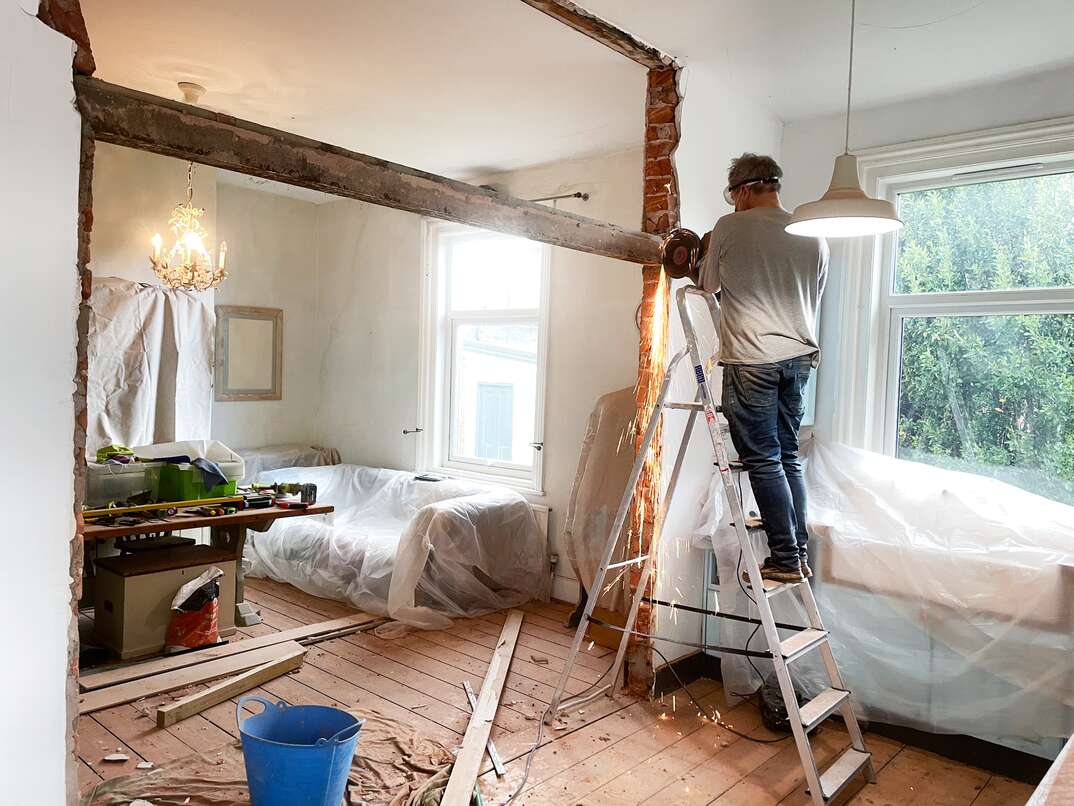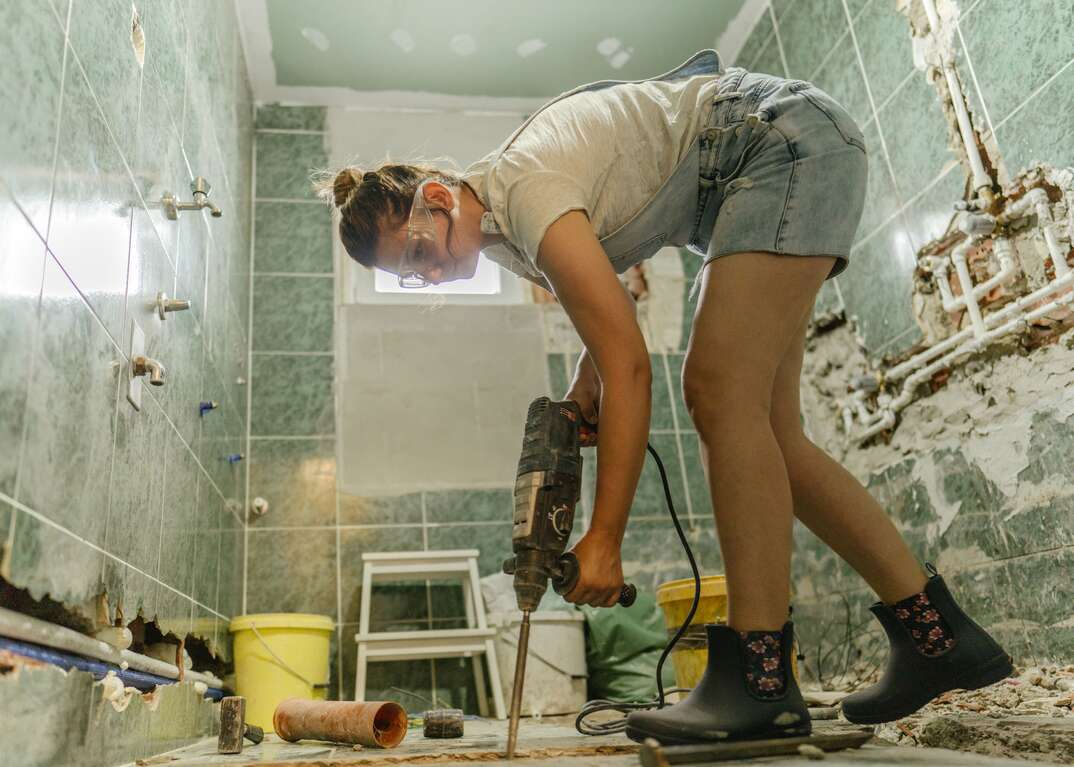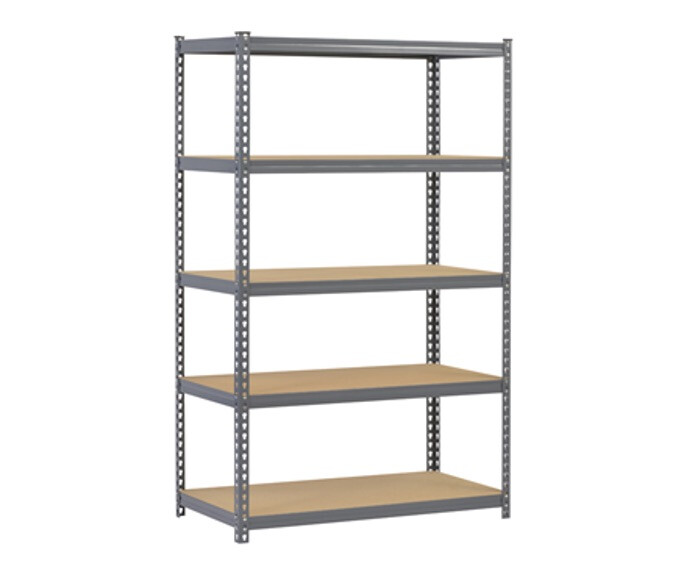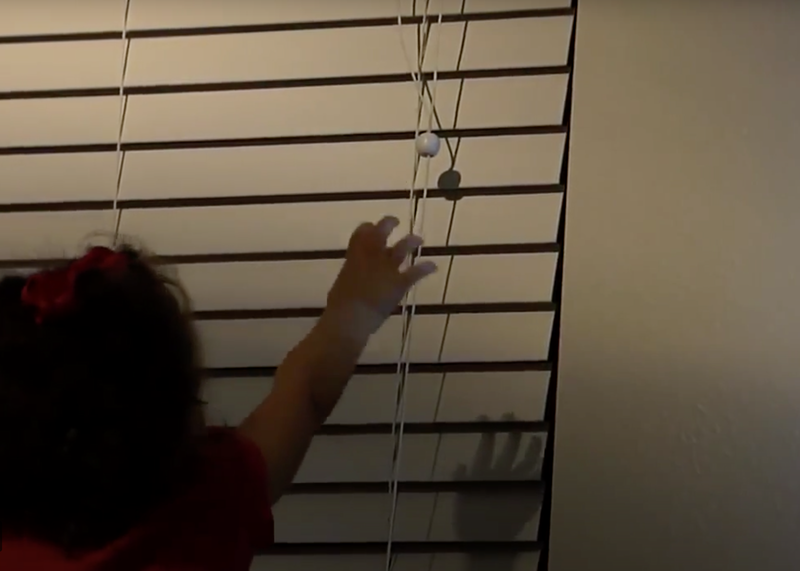7 Ways to Save on Your Next Home Renovation Project

Every home upgrade costs thousands, right? Not right. You can make meaningful changes to your space that update the look, feel and functionality without breaking the bank.
This May Also Interest You: What’s a Home Improvement Loan and How Do You Get One?
When it comes to saving money on home remodeling efforts, the best ways are all about thinking smarter (instead of harder) and making choices that reduce expenses while fulfilling your dream home desires.
How Do You Save Money When You’re Remodeling?
First, you do need to decide if you want a remodel or a restart by moving. Consider how much you need to do to your home to make it a place you're comfortable and enjoy living. If you're tearing out entire rooms and completely overhauling the footprint of the foundation, moving house may be a better choice. But if you want to tweak, modernize and add a few personal touches, renovation may be the right path.
Put these seven tips in action to save some money:
1. Do Demolition Yourself
You usually pay by the hour when you have work done to your home — whether it's detailed like that in the quote or not. By reducing some of the labor required of contractors, you can cut down on overall costs.
You may not want — or know how — to install tile, route electrical wire or build kitchen counters on your own. But most people can do some basic demo work. Here's what you'll need.
- A plan. Don't just start attacking things with a giant hammer. Know what you're taking out, where you need to do so with care and have a plan for carting away materials. Some municipalities won't accept demo waste with your regular garbage, so check ahead of time.
- Tools. Common demolition tools include crowbars, chisels, hammers, screwdrivers, drills and utility knives.
- Cleaning equipment. You may need brooms and shop-vacs for clearing away mess, buckets for hauling away items and commercial-grade trash bags for the debris.
- Safety equipment. Gloves and protective eyewear, at minimum, are a must.
2. Recycle or Reuse Materials
Another way to save money when remodeling is to recycle or reuse items. Revamp existing furniture and fixtures with paint, new upholstery or just a heavy cleaning and polish to bring a new look to any room. Make sure you plan ahead because demolition looks very different if you want to reuse cabinets, flooring or other similar elements.
3. Leave Electric and Plumbing Fixtures in the Same Locations
Moving a sink, toilet or tub to another wall may mean rerouting all the plumbing, and that adds money fast. The same is true for electrical wiring. Plan around your existing structure whenever possible so you're not embarking on a major plumbing or electrical overhaul. Talk to your contractor about creative kitchen and bathroom remodels that add space and change the look of your space without moving plumbing.

4. Buy Prebuilt Cabinets
Custom cabinets have to be built from scratch, which adds a lot of labor time to your renovation. If you can find prebuilt cabinets from home improvement or home decor stores that work, you can cut down on overall costs. You may even be able to get something more luxurious-looking because you can afford an upgrade in materials if you aren't paying for labor.
More Related Articles:
- How Much Does It Cost to Remodel a Bathroom?
- How Much Value Does a Kitchen Remodel Add Value to Your Home?
- How Much Does a Kitchen Remodel Cost?
- Should You Remodel or Move? Here’s How to Decide
- 5 Finished Basement Ideas for Your Home
5. Avoid Commercial-Style Kitchen Appliances
Appliances can quickly increase the overall cost of a kitchen remodel. Practically consider your needs and what you can afford when choosing ranges, ovens, refrigerators and other appliances for your upgraded kitchen. Sure, that eight-eye restaurant-style gas range looks beautiful, but are you someone who enjoys cooking? And how often do you have eight pots going at once?
Choose kitchen appliances that look nice and fit your functionality, not appliances that will make wow-worthy Instagram posts. The market is full of mid-range options with fun features that serve almost every kind of cook or family, so you don't have to blow your budget on commercial-style options to be happy long term.
6. Use Space Wisely
Adding space during a reno can be a huge undertaking, and that comes with big price tags. Before you contemplate knocking down an external wall to add square footage to your home, consider the space already above your foundation. Here are some questions to contemplate.
- What space in your home isn't usable but could be? Is there an unfinished basement or attic? Could you turn either into extra living space or bedrooms?
- Is the interior layout efficient for your lifestyle? Is there a giant entryway you don't use or a closet taking up space you'd rather have open in the dining room?
- Can you expand on the inside? Do you have four small bedrooms when you'd really like three medium-size rooms?
Whatever you can do on the inside to "expand" can help you save money. Once you start knocking down exterior walls, you may get into the complexity of expanding your foundation. That can add landscaping and building costs and may even change the licensing requirements for the renovation — all of which jack up the overall price.
7. Cut Down on Customizations
One of the benefits of a home remodel is the ability to make some areas uniquely yours. You can add built-in shelving designed specifically for your collection of porcelain animals or opt for a claw-foot soaker tub instead of a shower. But those customizations all increase the expense of your renovation, so consider each carefully and choose items that:
- Are necessary for the functionality or quality of your life
- Add potential value to your home in case you want to sell it in the future (or at least don't reduce value)
- Can be easily updated or removed if needed


